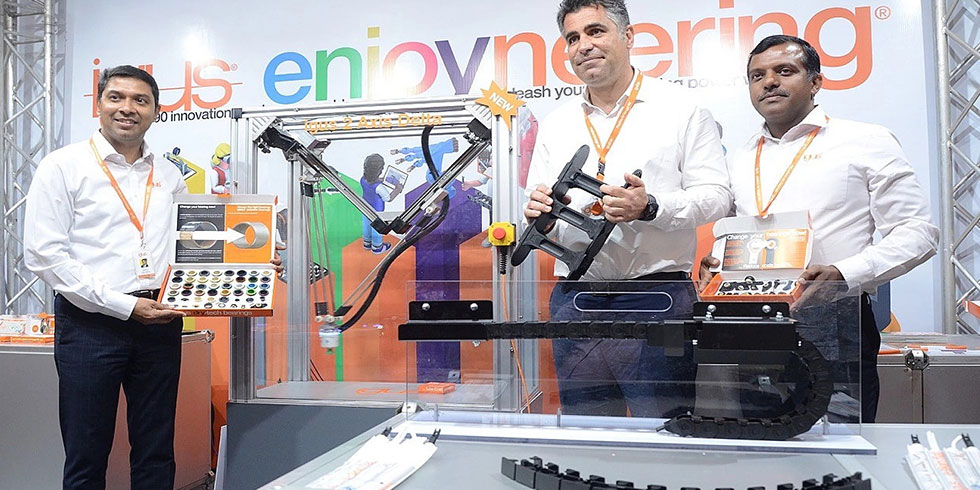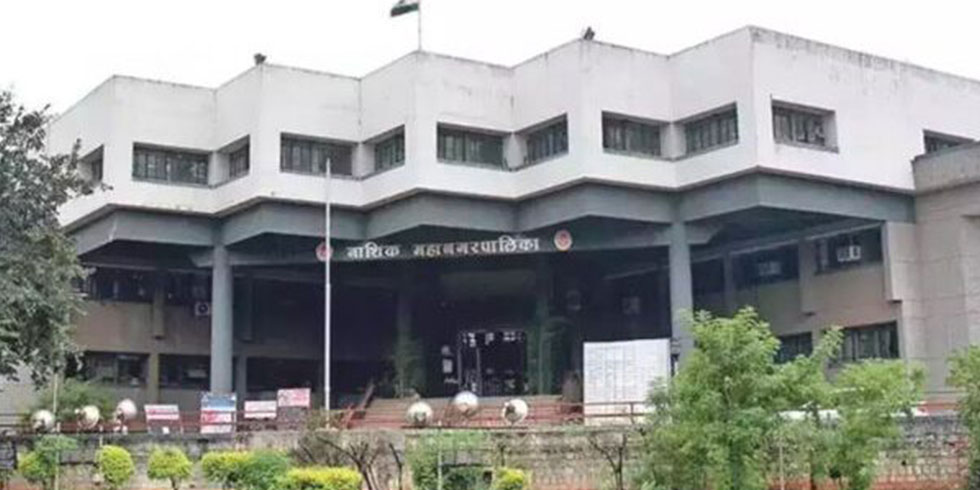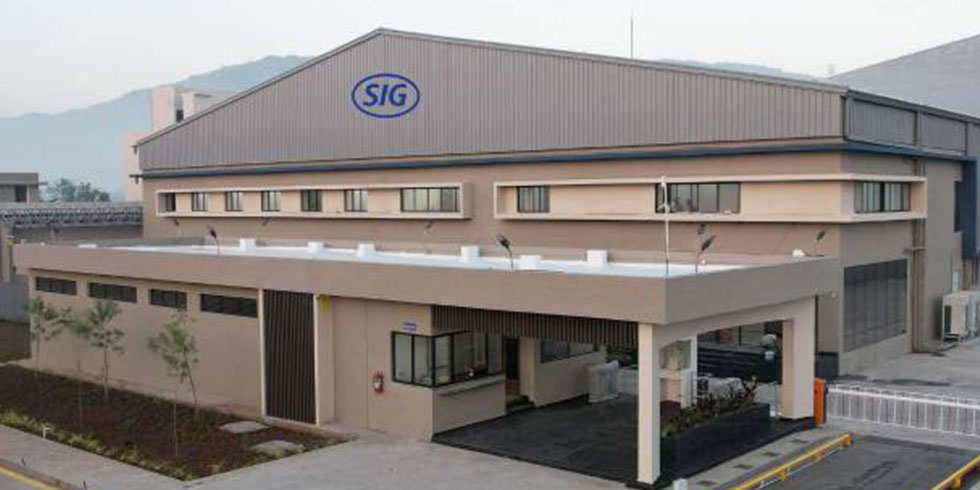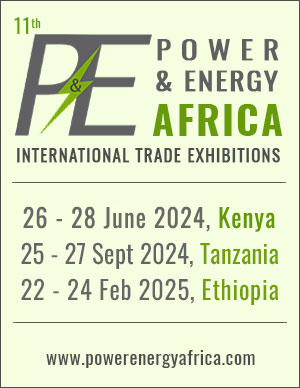The Indian plastics market is comprised of around 25,000 companies and employs 3 million people. The domestic capacity for polymer production was 5.72 million tonnes in 2009. Gujarat in Western India is the leading plastics processing hub and accounts for the largest number of plastics manufacturers, with over 5,000 plastics firms.
The growth rate of the Indian plastics industry is one of the highest in the world, with plastics consumption growing at 16 percent per annum (compared to annual 10 percent in China and around 2.5 percent annually in the UK). With a growing middle class (currently estimated at 50 million) and a low per capita consumption of plastics, currently 8 kg per head, this trend is likely to continue.
Despite India having a population of 1.15 billion and a work force of 467 million, plastics companies have reported problems with labour shortages. This has led to increased investment in technology such as automation and conveyor belt systems.
Apart from the shortage of a skilled labour, the plastics industry is also facing the problem of a nationwide power deficit. The electricity demand deficit is 12-13 per cent. This provides excellent opportunities for firms offering energy saving solutions, power saving machines and ancillary equipment.
Industry is constantly trying to find ways to lower production costs in order to maximise profit margins. But this goal becomes more difficult in today’s environment of fluctuating raw material costs, variable market prices, rising energy and transportation costs, and reduced consumer discretionary spending. Growing competition from emerging countries, condensed product lifecycles, an increase in the number of product configurations, and complicated supply chains all add to the complexity. Mastering these challenges means making improvements to production and productivity.
With such hyper competitive market environment, the competition is getting intense. Increasingly organisations from all sectors and all sizes are looking at operational excellence (OE)/ world class manufacturing (WCM) practices to eliminate inefficiencies across their value chain which ultimately helps them drive costs down and deliver quality goods and services to customers.
The expertise behind operations excellence implementations is not a core competency for most companies, nor should it be. It makes good business sense for most companies to use consultants for implementation
of these systems. Most of these consultant-delivered programs deliver quick productivity improvements. Unfortunately, however, most of these programs are not sustainable for long after the consultant leaves. There are many operational excellence programs that the consulting companies implement in the plastic industry.
While TPM, as per Japan Institute of Plant Maintenance (JIPM), can be very powerful yet several times TPM is partially understood and deployed. The results are normally related to overall equipment effectiveness (OEE)/ mean time to repair (MTTR)/ mean time between failures (MTBF) improvements while it has impact on throughput time and inventory, nevertheless it’s indirect. Let us look at the classical operational excellence (OE) and world class management (WCM) practices.
Classical OE/WCM OE focuses on efficiency improvement and waste elimination while TPM focuses more on higher asset utilisation. This is debatable; however, the need for classical LEAN/OE in plastic industry is high. This
results in shorter manufacturing throughput time and, thus, reducing inventory in pipeline related benefits.
Typical actions include:
Current state analysis will enable you to see the complete door-to-door flow in your facility and to identify and prioritise areas for improvement.
It should be followed by setting goals for future state. The future value stream map has as its main aim, the identification of improvements to the value stream that will lead to a shorter ‘lead’ time. In lean thinking this is the time taken from the raw materials being brought into the business, until the time they leave the facility destined for the customer.
Balance the line so as to create smoother throughput Find approaches to eliminate temporary storage, staging, holding vessels Eliminate redundancies in equipment by improving reliabilityIdentify potential areas for reduction in cleaning/ changeover/ startup time
Once the fundamentals of the current value stream map and the future map are ready, there is a strong need to ensure that the implementation of improvements is carried out in a structured and methodical fashion. Without someone driving forward the improvements, they are unlikely to happen and the improvements to performance will be negligible.
Numerous plastic manufacturing organizations have been transformed by implementing such operational excellence practices.
Typical improvement areas in the plastic industry include improvement in OEE & labour productivity, yield improvement through waste reduction, inventory management through Kanban, low cost automation, manpower optimisation through productivity improvement, workplace improvement, reduction in change over times, and equipment & mould breakdown reduction.








Add Comment